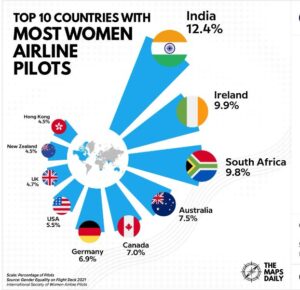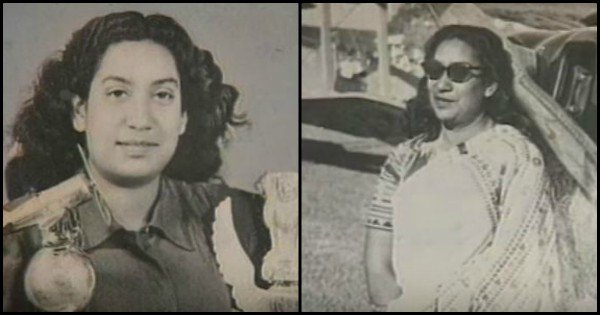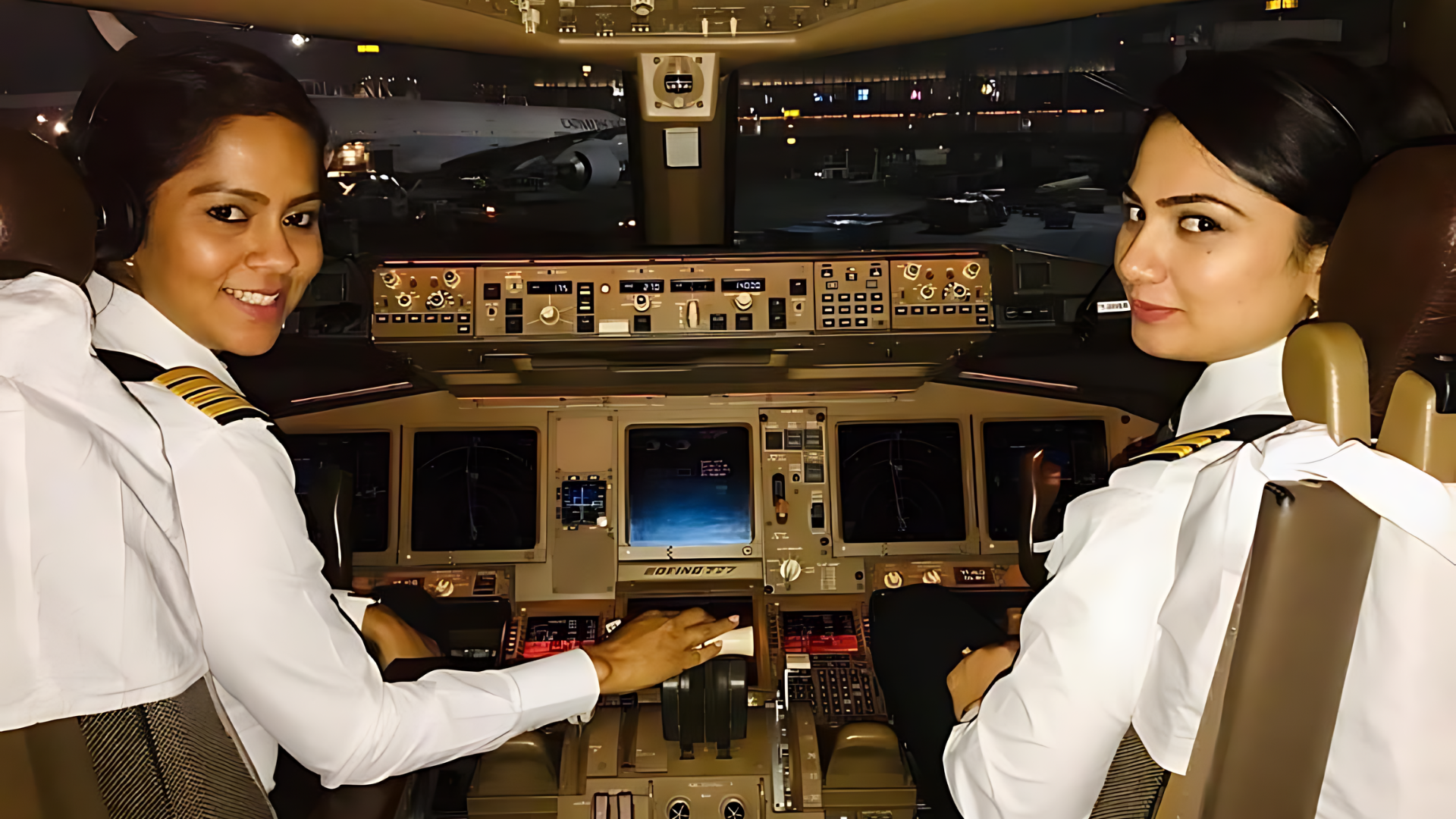This news cannot be ignored, especially when you think about India’s past where women were mainly expected to stay at home and follow certain traditions like ‘Sati’ and cover themselves with ‘parda’.
But guess what? India is changing!
The Indian Directorate General of Civil Aviation (DGCA) says they gave out a ton of licenses for commercial pilots last year. And it is known that India now has more female pilots than anywhere else in the world. This in itself is a big deal because it shows that India is breaking old rules and giving women more opportunities in jobs that they didn’t have before.
DGCA analysts indicate that the Indian airline industry is currently undergoing a robust period of expansion. As of January 2024, Indian airlines have amassed approximately 1,620 outstanding aircraft orders, a figure projected to surpass 2,000 aircraft by March 2025.
To meet the escalating demand and achieve airline growth objectives, the Indian pilot workforce must be augmented to sustain pace.

The DGCA reveals that the issuance of CPLs surged by 39.2% in 2023 compared to 2022. Additionally, the national aviation authority highlights that CPL issuance has nearly doubled over the past decade, from 783 in 2013 to 1,622 in 2023. Significantly, the number of CPLs granted to women has nearly tripled to almost 300 during the same timeframe.
Consequently, statisticians at the DGCA assert that female Indian pilots now constitute 14% of the pilot workforce, in contrast to the global average of 6%. Referring to the 2023 licensing statistics, a DGCA official remarked, “It is estimated that 14% of the workforce employed with scheduled airlines consists of women pilots. This marks the second consecutive year where the number of licenses issued has reached a decade high.”
Who Was India’s First Female Pilot In India?

Prem Mathur, born in 1910, made history as India’s first female commercial pilot. At the age of 38, she realized her dream by securing her first commercial piloting job with Deccan Airlines. Initially, she had to undergo six months of unpaid work to demonstrate her capabilities to Deccan’s management.
Despite her skills, Mathur faced obstacles in her career. She was denied a command promotion because of concerns about passengers and crew being uncomfortable with a woman in charge. Disheartened by this unfair treatment, Mathur decided to leave the airline and became a charter pilot for businessman G.D. Birla.
In 1953, Mathur broke another barrier by becoming India’s first female airline Captain after obtaining a command position with Indian Airlines. She remained with the airline until her retirement in 1984. Throughout her three decades in aviation, Mathur served as an inspiration to numerous women pilots in India.
Woman Pilots Have Lower Crash Rate: Study
According to a 2021 report, India soared to the top spot in flight deck gender equality, boasting a remarkable 12.4% representation of women pilots in 2021. Trailing behind were countries like Ireland, South Africa, and Australia, each making significant strides towards gender balance in aviation. Surprisingly, powerhouse nations like the USA and UK lagged behind, with only 5.5% and 4.7% female representation, respectively.
Back in 1989, Nivedita Bhasin made headlines as the youngest commercial airline captain globally, setting a precedent for women in aviation. The Indian Air Force took a progressive step in the 1990s by recruiting women pilots for helicopters and transport aircraft, paving the way for more gender-inclusive practices.
A fascinating study titled “Gender Differences In General Aviation Crashes” delved into crash data spanning from 1983 to 1997. The findings were intriguing: male pilots experienced higher crash rates compared to their female counterparts, shedding light on potential gender disparities in aviation safety.


















